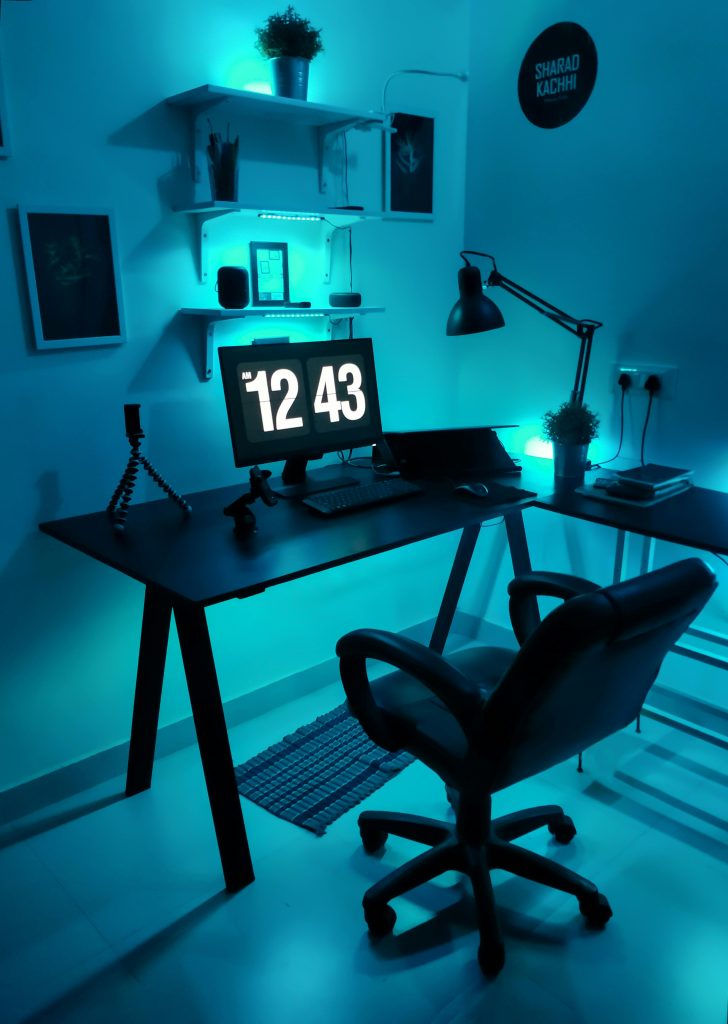Understanding the Risks of Improper GPU Installation
When installing a graphics processing unit (GPU), ensuring that it is properly seated in the PCI slot is crucial for its optimal performance. A recent experience shared by a user brings to light an important question: What potential damage could occur if a GPU is not fully secured in its slot?
The user initially installed their GPU and, unaware that it wasn’t properly positioned, operated their computer this way for a week. It wasn’t until a routine cleaning revealed the issue that they corrected the seating. This prompts an exploration into the risks associated with an improperly installed GPU.
Possible Consequences of Improper GPU Seating
-
Increased Risk of Hardware Damage: If a GPU is not fully seated, there is a higher risk of damage during operation. The contact points between the GPU and the motherboard may not align correctly, leading to electrical arcing or short circuits. Over time, this can result in component degradation.
-
Performance Issues: A GPU only partially seated may experience poor connectivity, leading to glitches, reduced frame rates, or even crashes during high-demand tasks like gaming or graphic rendering. This uneven connection can manifest as artifacting or stuttering in graphics.
-
Heat Build-Up: A poorly seated GPU can affect airflow within the computer case. Inefficient cooling can lead to overheating, which may cause thermal throttling or, in severe cases, permanent damage to the GPU and other components due to high temperatures.
-
Instability and System Crashes: Users may encounter random system crashes or instabilities as the GPU fails to communicate properly with the motherboard. These issues can be frustrating and may lead to data loss.
What to Do Moving Forward
If you have found yourself in a situation where your GPU was not properly seated, it’s advisable to monitor its performance closely. While correcting the seating may mitigate further risk, you should keep an eye out for any unusual behavior. Stress-testing the GPU can also help identify potential problems that may have arisen during the period it was improperly installed.
In conclusion, taking the time to ensure your GPU is properly installed not only supports optimal performance but also helps prevent long-term damage to your hardware. Regular inspections during maintenance can help catch such issues early, ensuring your setup runs smoothly for years to come.
Share this content:



